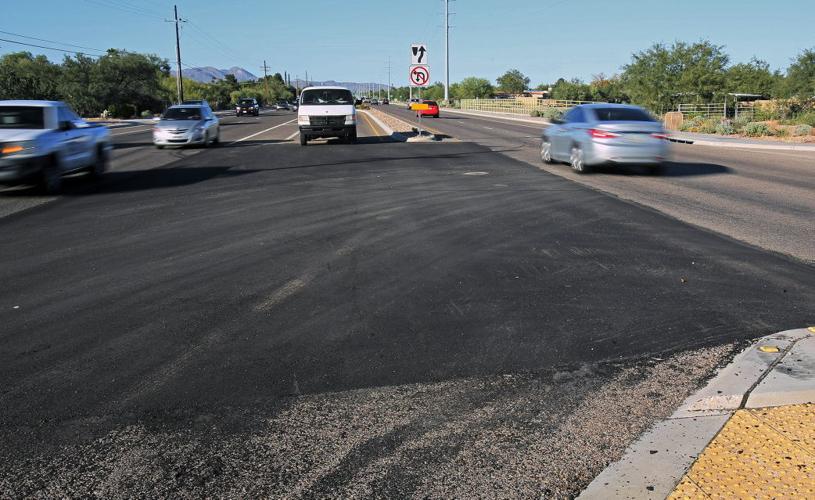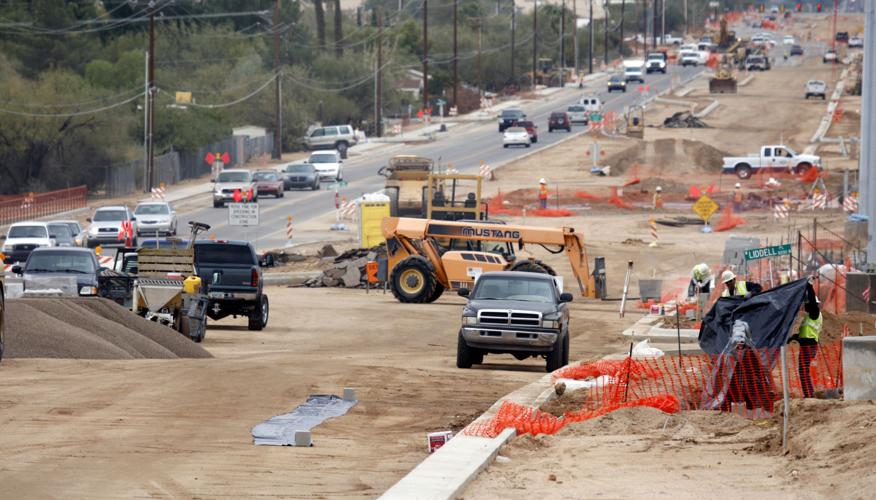County transportation workers recently completed a $134,000 repaving project on portions of La CaУБada Drive, which had previously been repaved as recently as 2011.
тWhat happened was we noticed it was unraveling,т PDOT Director Priscilla Cornelio said.
When the road was widened and repaved as part of a $13.2 million Regional Transportation Authority project, rubberized asphalt was used as a way to reduce road noise, Cornelio said.
Neighbors in the area had requested the RTA build sound-mitigation walls but most of the requests were denied. Walls were built in a few areas along La CaУБada based on noise studies, Cornelio said.
For other areas, however, rubberized asphalt was used instead. Cornelio said it was a state-of-the art material at the time.
тThis was one of the first projects where we used rubberized asphalt,т she said, adding the material has been tested to show it can reduce road noise by as much as three decibels.
People are also reading…
But the mix of rubberized asphalt that was used on the original roadwork proved less durable than expected.
Cornelio said the material began to degrade and crumble at 17 locations along La CaУБada between Ina Road and Calle Concordia on the northwest side.
The areas most affected were in left and right turn lanes where traffic volumes were high. In those areas, cars caused the asphalt to ravel or get pushed out of place.
The city of УлшжжБВЅ has experienced similar issues with sections of rubberized asphalt degrading faster than expected, primarily in areas of high left-turn frequency.
тWeтve changed our mix,т Cornelio said.
Rubberized asphalt is made by adding ground used tires into the asphalt mix.
The county has started using a revised formulation of rubberized asphalt on La CaУБada and other locations in hopes it will have the same lifespan as conventional asphalt.











